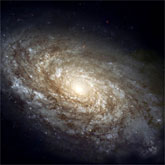Gene Mascoli, JD
Gene Mascoli is a founder and publisher of ScienceIQ.com. He holds a J.D. degree from the University of Santa Clara and a B.A. in English. In 1997 Gene launched ScienceMaster.com, an online science education portal where he brought together his love of writing with his interest in the sciences. Gene collaborated with David Gamon on the popular digital book “The Internet Guide to NASA on the Net” and has also produced two popular science CD-ROMs on astronomy and space science.

Science Facts Written by Gene Mascoli, JD
Big Fish
The phrase 'big fish eat little fish' may hold true when it comes to planets and stars. Perhaps as many as 100 million of the sun-like stars in our galaxy harbor close-orbiting gas giant planets like ... Continue reading
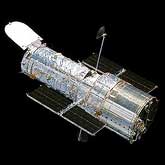
The Razor-sharp Surgeonfish
As any diver can tell you, the waters under the sea can be beautiful and dangerous. The oceans are full of venemous fish, sharks, stinging jellies, manta rays and an assortment of spiny urchins and ... Continue reading

Don't Make Waves
Fast and slow swimming pools? What are they? A given pool's walls and other components may create and reflect waves making it more difficult (slow) for athletes to swim. A fast pool minimizes wave ... Continue reading

Does Your Beagle Have A Belly Button?
Our navels, also know as belly buttons, are scars left over from our umbilical cords. While in the mother's womb, a baby receives food and oxygen and rids itself of waste through the umbilical cord. ... Continue reading

It's Crying Time Again
If you've ever spent any time in the kitchen, you know that slicing, chopping or dicing raw onions makes you cry. This vegetable has been doing this to humans for a long time. The onion is believed to ... Continue reading

Moore's Law
Intel is the corporate giant known for manufacturing semiconductors, also called computer chips or integrated circuits (ICs), and its Pentium Processor. But Intel is also known for laying down the ... Continue reading

It's Gonna Hit Us... Or Is It?
Recently, some astronomers were concerned that a newly discovered asteroid might hit Earth in 2017. This was big news because even the impact of a modest-sized asteroid could have a devastating ... Continue reading
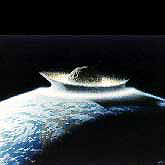
The Devil's In The Details
Did you ever make a mistake converting English numbers to metric numbers? Let's hope that your mistake didn't cost anyone $125 million dollars. That's what happened to NASA. The Mars Climate Orbiter's ... Continue reading
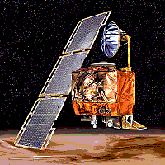
Reading The Colors of the Spectrum
Did you ever wonder how scientists can tell us so much about distant stars, for example, the surface temperature or chemical makeup of a star, light years away from Earth? Scientists can only use what ... Continue reading

Glaciers: Rivers of Ice
Glaciers are massive sheets of ice that occur on every continent of the world except Australia. These giant ice slabs have a humble beginning, as the tiny snowflakes in winter precipitation that ... Continue reading

Coming In Strong On Your AM Dial
The AM radio dial would be nothing but chaos and noise without a very basic rule - turn down the power at night. The Federal Communications Commission (FCC) controls and regulates the airwaves in the ... Continue reading
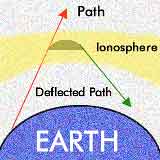
Prime Numbers
A prime number is a number that is divisible only by one and by itself. Factors are numbers that can be divided into a number with no remainder. The factors of 18 are the numbers 1, 2, 3, 6, 9, and ... Continue reading

Introduction to Constellations
'Constellation' is the name we give to seeming patterns of starsin the night sky. 'Stella' is the Latin word for star and a constellation is a grouping of stars. In general, the stars in these groups ... Continue reading
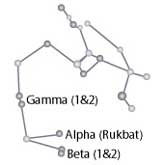
Now You See It, Now You Don't
What we call light is simply a narrow band of electromagnetic radiation that our eyes are sensitive to. This radiation enters our eyes and is conveyed to the brain by the process we call sight. While ... Continue reading

Wise As An Owl
Are owls the smartest birds? According to trainers that work with them, not by a long shot. Parrots are easy to train and can have extensive vocabularies. Hawks can be taught to retrieve objects. Even ... Continue reading

Who Moved My Moldy Cheese?
There are few things less appetizing than a fuzzy, moldy piece of cheese. However, one of the most popular cheeses, Blue Cheese and its varieties, the French Roquefort, the English Stilton and the ... Continue reading
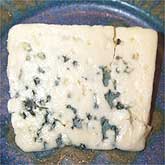
Pyroclastic Flows: Deadly Rivers of Rock
A volcano, during a violent eruption, blasts massive amounts of heated rock fragments, hot gas and ash out vents and collapsing domes. This sudden outpouring of superheated material reaches ... Continue reading
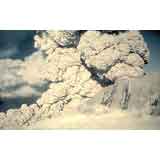
Liquid Glass Is All Wet
As a liquid changes to a solid, its molecules go from a state of turmoil and chaos to a state of order. As these molecules slow down to form a solid, they arrange themselves into a crystalline ... Continue reading

Lightning Striking Again
What's hotter than the surface of the sun, moves with incredible speed, lasts a few seconds and goes out with a bang? If you said lightning, you're right. Lightning strikes cause thousands of forest ... Continue reading

Tornadoes
Tornadoes are perhaps one of the most terrifying manifestations of weather. Luckily for the rest of the world, they occur most frequently in the United States. A typical tornado season may see as many ... Continue reading
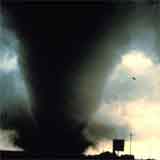
1816 - The Year Without A Summer
Most global temperature change occurs over a long period of time, centuries rather than years, and in small increments. But in 1816, the Northeastern part of the United State and Northern Europe were ... Continue reading
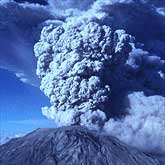
Life In The Extreme
Lowly microbes just may be the toughest living things on Earth. They have learned to survive, and indeed flourish, in the harshest environment imaginable, deep-sea rifts. These rifts are chains of ... Continue reading
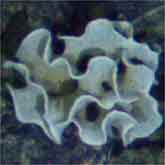
Giant Cloned Monster Loose In Mediterranean Sea
Native Caulerpa taxifolia is found in and around the waters of Florida and the Caribbean. It is a smallish, yet hardy saltwater plant that grows rapidly and is ideal for use in aquariums with diverse ... Continue reading
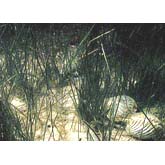
It All Started With The Colwart
Do you like cabbage. No? How about broccoli? Perhaps you crave brussel sprouts. Did you know that all these vegetables, plus kohlrabi, kale, cauliflower and collard greens, trace their origins from ... Continue reading
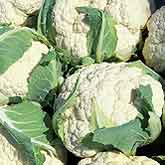
Pluto: Beyond Neptune Or Not?
Did I catch you? Pluto (newly classified as a dwarf-planet) comes after planet Neptune. Right? Depends. Pluto takes 248 years to orbit the Sun. Most of that time Pluto's orbit puts it outside the ... Continue reading
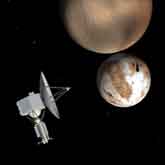
How Sublime
Show of hands. How many of you can't resist playing with dry ice? Dry ice is carbon dioxide frozen to -109.3 degrees F (-78.5 C). Throw a piece in water and it bubbles and boils. Expose a piece to air ... Continue reading
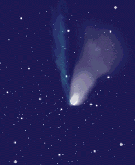
Send In the Lady
One of the world's most recognizable insects is the ladybug. Ladybugs belong to a family of insects called Coccinellid, with about 5,000 species identified. But this little insect is more than just ... Continue reading
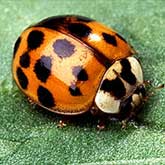
Fibonacci Patterns In Nature?
Often it takes a second look to see how mathematical numbers and patterns fit into the natural world. Numbers, after all, are manmade. However some very interesting number patterns underlie some ... Continue reading

The Coriolis Effect
The Earth, rotating at about 1000 miles per hour (1,609 km/hr), influences the flow of air and water on its surface. We call this the Coriolis Effect, named after French scientist Gaspard Coriolis, ... Continue reading
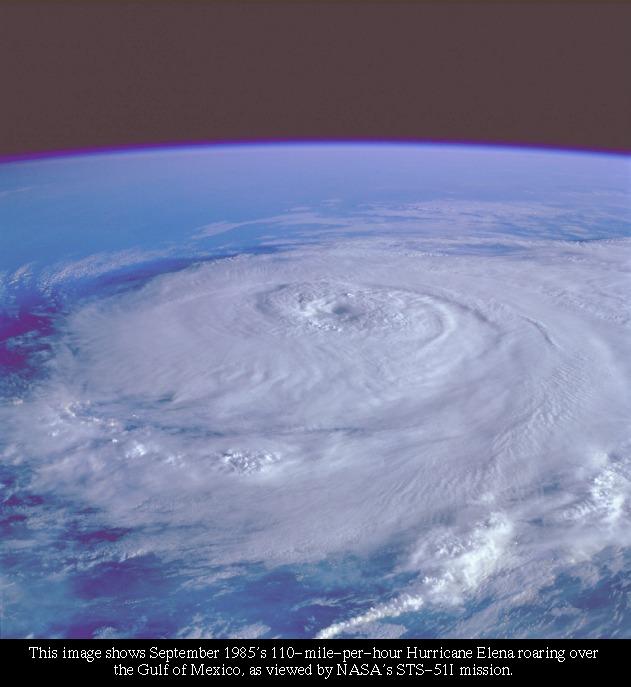
Water, Water Everywhere, But Not A Drop To Drink
That line, from The Rime of the Ancient Mariner, by Samuel Taylor Coleridge, captures a truism -- we cannot drink salt water to quench our thirst. But why not? The answer lies in understanding the ... Continue reading

Getting Burned By Acid Rain
If we measure the pH of distilled water, we will find that it is most often in the middle of the pH scale (7) - not too acidic, not too basic. Rainwater, without a lot of outside contaminants, tends ... Continue reading
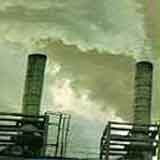
Flipping Magnetic Fields
North and south. We take these directions for granted. Pull out a compass and the needle will swing to the north in response to the magnetism in the Earth's crust. The magnetic poles roughly coincide ... Continue reading

Throw Out Your Thermometer
If you're out camping, and you've left your favorite thermometer at home, how can you figure out the temperature? Not the most earth-shaking problem, we admit, but there is an all natural way to find ... Continue reading
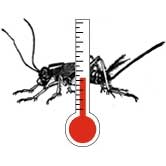
Will That Be One Hump or Two?
Camels are highly adaptive to their environments. Often called the ships of the desert, they have been domesticated by humans for thousands of years, as beasts of burden and as transportation. What ... Continue reading
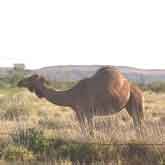
Mission: Gather Comet Dust; Return To Earth
One of the most imaginative NASA missions of recent years is the Stardust mission. Its main purpose: to gather dust and particles from comet P/Wild 2 and return them to Earth for study. Think about ... Continue reading

West Nile Virus Spreads Through United States
Viruses have been the scourge of humankind throughout history. Our most feared diseases, AIDS, smallpox, rabies and even the common cold, are all caused by viruses. Now, a dangerous Old World virus ... Continue reading
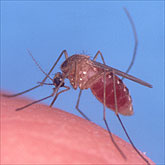
Warmer Hands (And Toes) Through Chemistry
A popular item for skiers and snowboarders, hunters and people who have to work outside in cold areas, and found in many outdoors shops, are disposable hand warmers. If you haven't used them before, ... Continue reading

Sweet Dolphin Dreams
Imagine if your breathing wasn't an automatic response. That might work during the day. But what about when you went to sleep? You wouldn't get a good night's sleep if you had to wake up every few ... Continue reading
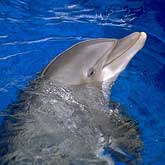
Leaning Wonder of Engineering
Most everyone is familiar with the famous Leaning Tower of Pisa. It's known not so much for its engineering, as for the fact that it hasn't fallen yet. From an engineering standpoint, it is a study in ... Continue reading

Man-Eating Plants
What's for dinner? A bowl of salad greens, corn on the cob and strawberry shortcake for dessert. And it's not just us, most animals and insects love to munch, crunch and dine on plants. But there is a ... Continue reading
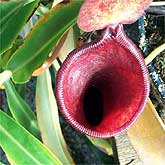
Spontaneous Combustion
Most of us know if we leave oily rags or papers in an enclosed area, we risk a fire. The process of burning is called oxidation. Oxidation is the same process that causes iron to rust or a banana to ... Continue reading
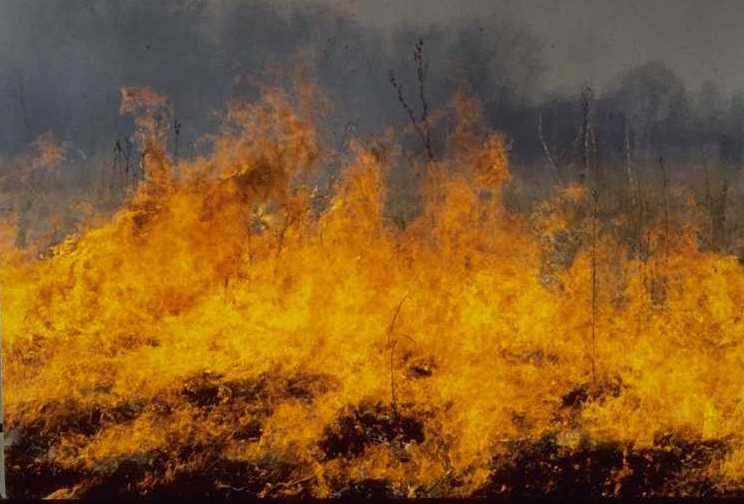
The Egg-citing Egg
How many chicken eggs have you eaten in your life? If it is any gauge, the per capita consumption of eggs by Americans is over 250 per year. Eggs are not only found on your breakfast plate, but in ... Continue reading

Who Invented Zero?
Many concepts that we all take for granted sounded strange and foreign when first introduced. Take the number zero for instance. Any first-grader can recognize and use zeros. They sound so logical and ... Continue reading

Jupiter's Great Red Spot - A Super Storm
The most prominent and well-known feature of the planet Jupiter is the Great Red Spot. It is not a surface feature, as the hard core of Jupiter lies at the bottom of an atmosphere that is thousands of ... Continue reading
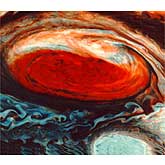
The Strange Spin of Uranus
Directional terms like north and south make sense here on Earth. The north and south axis of the Earth is relatively perpendicular to the plane of the Earth's orbit around the sun. Actually, Earth's ... Continue reading

Is The Sea Really On The Level?
When we measure the height of mountains, we measure from a constant number called sea level. For instance Mount Whitney in California is 14,494 feet (4,418 m) above sea level. We start at 0 feet and ... Continue reading
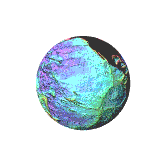
Old Faithful - Thar She Blows!
Hot springs are what you get when you mix ground water with underground volcanic activity. They may be very acidic, containing sulphurous compounds or just mineral laden. Hot springs were the original ... Continue reading
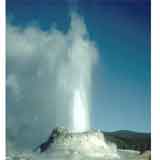
When A Bass Isn't A Bass
Chilean Sea Bass, a very popular though overfished deep-sea fish, is not a bass at all. It is actually a Patagonian Toothfish (Dissostichus eleginoides), or sometimes its cousin, the Antarctic ... Continue reading
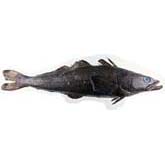
See You Later Crocodile, In A While Alligator
Name a reptile that is really big, has lots of teeth and has been around for millions and millions of years. If you guessed an alligator, you'd be right. If you guessed a crocodile, you'd also be ... Continue reading
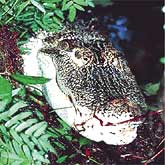
From Here To There
We all know that our galaxy, the Milky Way, is big -- very big. So big in fact that its size is impossible to grasp. To cope with the astronomical distances of galaxies, since miles or kilometers ... Continue reading
